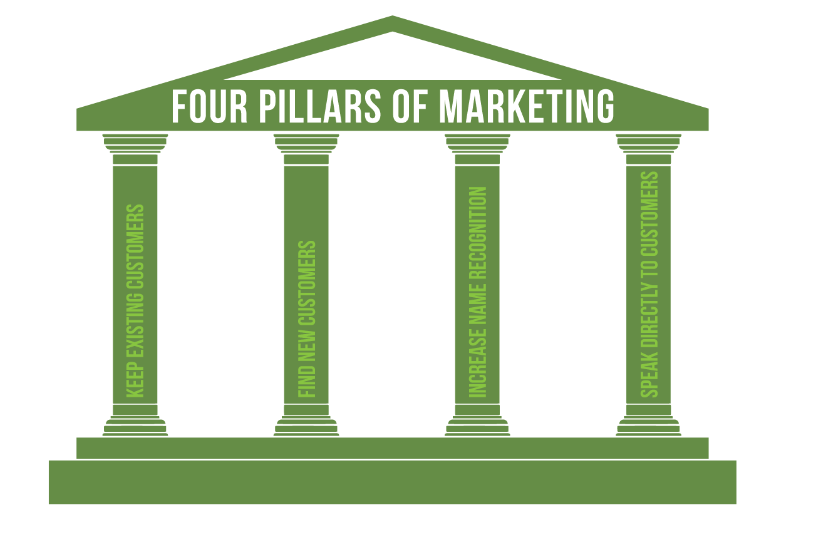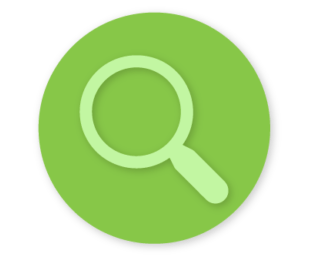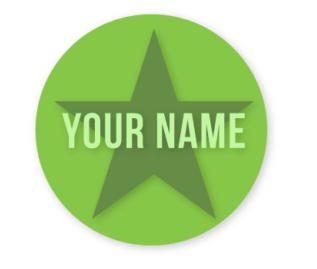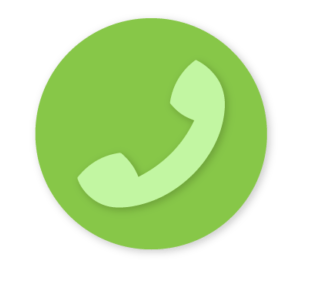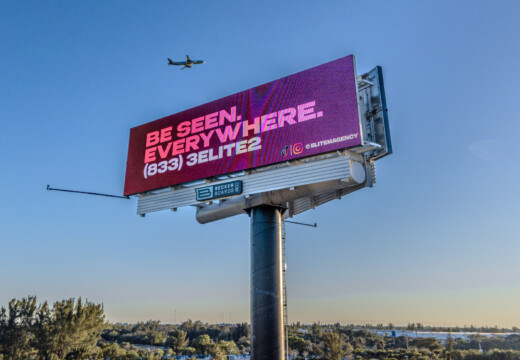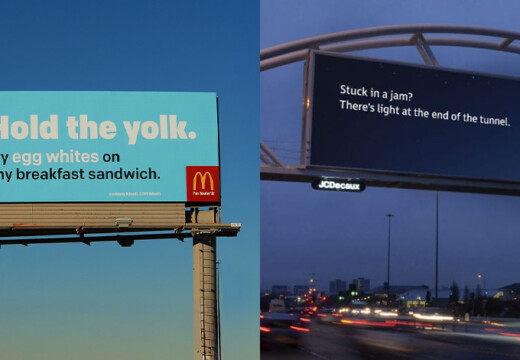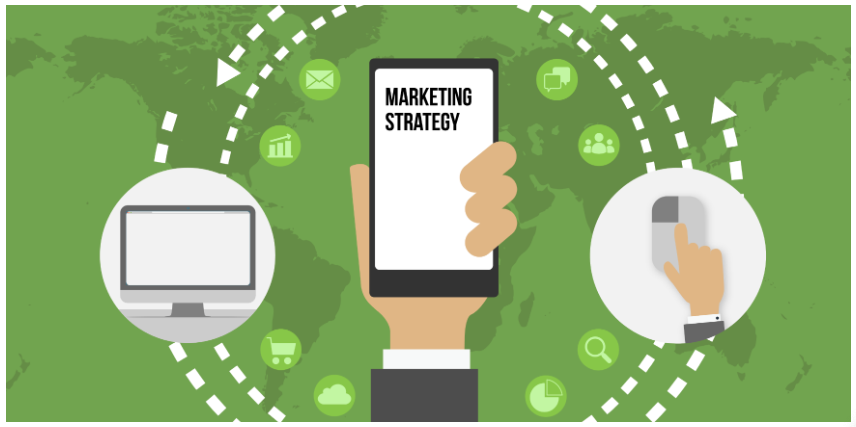
Marketing Strategy for Small Business
For many small business owners, the word “marketing” may feel intimidating and expensive. It’s especially overwhelming to think about marketing when only a few people (or maybe just one person) are working hard to keep the doors open. It’s true that marketing for large companies has a lot of moving parts that cost a lot of money, but that doesn’t have to be the case when you build a small business marketing strategy.
The great news is that you don’t need to go back to school, hire a marketer, or spend heaps of money to create a marketing strategy for your small business. Basic marketing concepts are simple, and they will likely stay simple when you apply them to a small business.
In this article, we’ll ditch the marketing jargon and give you easy ways to think about your small business marketing strategy.
Overview
Whether you realize it or not, you’ve already thought about marketing because the goals of marketing and the goals of a business are the same — keeping the customers you have and gaining new customers. Outside of creating a great service or product, what you do to accomplish these goals is marketing.
With a few concepts under your belt, you will soon be able to create an honest to goodness marketing plan that will help you keep your small business running.
The Four Pillars of Marketing
As with any building, even metaphorical ones, all the pieces needed to work together to make a solid structure that can weather the elements. With marketing, there are four pillars working together to hold up the roof of your business. We’ve already touched on two pillars for your small business marketing strategy — gaining and keeping customers — but we’ll go into a bit more depth and these and two others below.
1. Keep Existing Customers
Once you start building a customer base, it’s tempting to pay a little less attention to those clients. After all, they already bought or use your product. Since it’s actually less expensive to keep existing customers than get new ones, it’s important to do what you can to keep your current users invested. As a bonus, if your customer base is happy, they’re likely to market for you for free in the form of recommending you to friends, family, and even strangers.
Keeping people happy is all about experience and customer service. And love it or hate it, we live in an increasingly digital world, so it’s smart to go digital to keep your customers happy. One way to do this is to create and consistently update a basic website that clearly states what your product is and how customers can get in contact. Website services like SquareSpace, WordPress, and many more make this an easy process. They have sleek templates and selling interfaces, which means you won’t have to hire someone to build a website. Be sure to include ways for your customers to give feedback as a way to help you grow your business toward actual customer needs and wants.
Learn more about customer retention here.
2. Find New Customers
Another easy temptation is to leave all your marketing to word-of-mouth (because hey, it’s free!). This can be a great marketing tool, but it’s also the slowest way to grow a business, which means it often doesn’t work fast enough to keep a new business afloat. This is where more traditional advertising enters the picture. But you don’t have to bust the bank to place ads; it’s more about thoughtful messaging and targeting (see #4 below). Check out some creative ideas here.
When you’re seeking new customers, you may find good use of transactional ads or ads that entice customers to buy right now. For example, if you’re having a sale, you can place ads to announce the sale to get potential new customers in the door. Learn more about transactional ads here.
3. Increase Name Recognition
In other words, it’s time to build your brand and take control over how people perceive your business. Your company will have a “vibe” whether you pay attention to brand or not, so you may as well use it as a tool to shape your business. Additionally, a brand makes you memorable. So when someone has a need for your product or services, they’re more likely to think of you first.
Ads also play a role in building a brand, but these ads focus on being memorable over the long-term rather than driving people immediately through your door. With brand ads you’re trying to continually remind people of two things: the fact your product or services exist and what your product or services do for them. Learn more about branding ads here.
4. Speak Directly to Customers
When you get to know your customer base, you’ll be able to figure out where your ads and other marketing efforts will be most effective. If they’re commuters, outdoor ads and billboards might be key; if they’re young parents, active and maintained Facebook and Instagram accounts might be better tools. Remember that you don’t necessarily need to have accounts on every social media channel or use every type of advertising available to you. Instead, focus on where your ads and social media presence will have the best affect, and then tailor your messaging specifically to your customers. Learn more about targeting your market and messaging here.
When you decide to take the plunge into creating ads for your business, Blip can help! Visit our website to learn how any small business can afford billboard ads.
